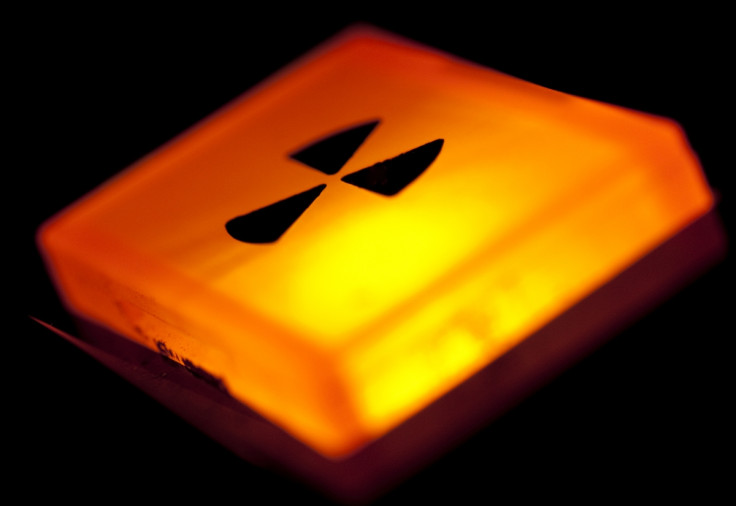Historic nuclear weapons explosions footage declassified and uploaded to YouTube
Around 10,000 films were created covering 210 nuclear tests conducted by the US, which are now being digitised.
The US conducted 210 nuclear tests between 1945 and 1962, reportedly detonating over 1,000 nuclear weapons on the ground and in the ocean. These detonations were captured in around 10,000 films, which until now, sat gathering dust in high-security vaults across the nation.
The films are now being digitised to ensure that the footage is not lost forever. Around 750 of these films have now been declassified and over 60 of them are now up on YouTube, available to be viewed by all.
The digitisation and declassification project is the work of Lawrence Livermore National Laboratory (LLNL) weapon physicist Greg Spriggs and a crack team of film experts, archivists and software developers, who for the past five years, have been on the hunt to track down and digitise these films before they decompose. Spriggs and his team have located 6,500 of the 10,000 films.

"You can smell vinegar when you open the cans, which is one of the byproducts of the decomposition process of these films," Spriggs said in a statement. "We know that these films are on the brink of decomposing to the point where they'll become useless. The data that we're collecting now must be preserved in a digital form because no matter how well you treat the films, no matter how well you preserve or store them, they will decompose. They're made out of organic material, and organic material decomposes. So this is it. We got to this project just in time to save the data."
News of the declassification of the films was first spotted by Sarah Zhang, who then posted about it on Twitter.
The government just declassified (and put on YouTube!) a bunch of Cold War-era nuclear test films I wrote about https://t.co/KVnbaIc9tk
— Sarah Zhang (@sarahzhang) March 15, 2017
The films may help researchers understand the effects of nuclear explosions and better handle the thousands of nuclear weapons currently included in the US stockpile.
The films also helped uncover never-before aspects of detonation, the Business Insider reported. "We found out that most of the data published was wrong," Spriggs said. "We decided we need to re-scan and reanalyze all of the films."
"The legacy that I'd like to leave behind is a set of benchmark data that can be used by future weapon physicists to make sure that our codes are correct so that the U.S. remains prepared," Spriggs said.
"It's just unbelievable how much energy's released. We hope that we would never have to use a nuclear weapon ever again. I think that if we capture the history of this and show what the force of these weapons are and how much devastation they can wreak, then maybe people will be reluctant to use them."
The newly declassified videos can be viewed in the LLNL's playlist.
© Copyright IBTimes 2025. All rights reserved.






















